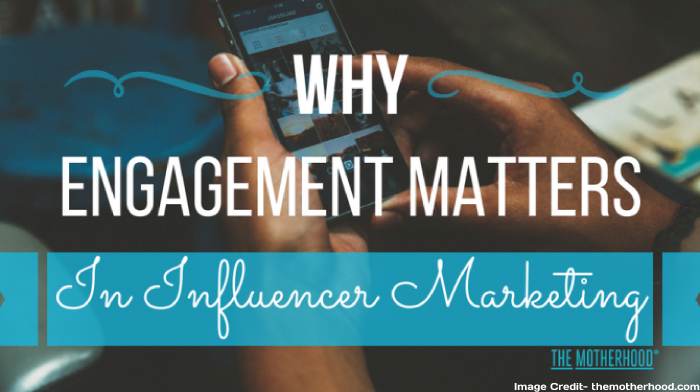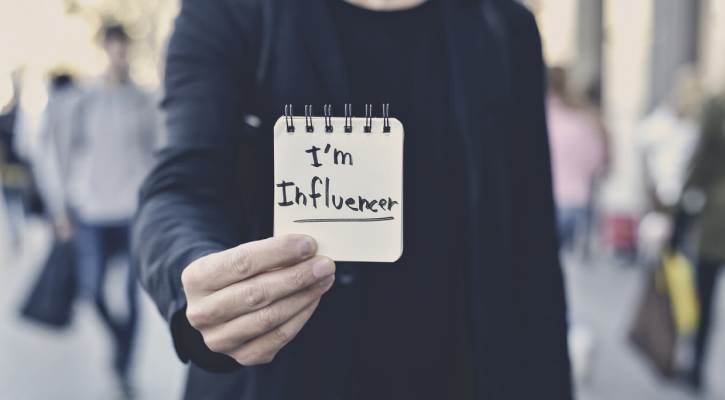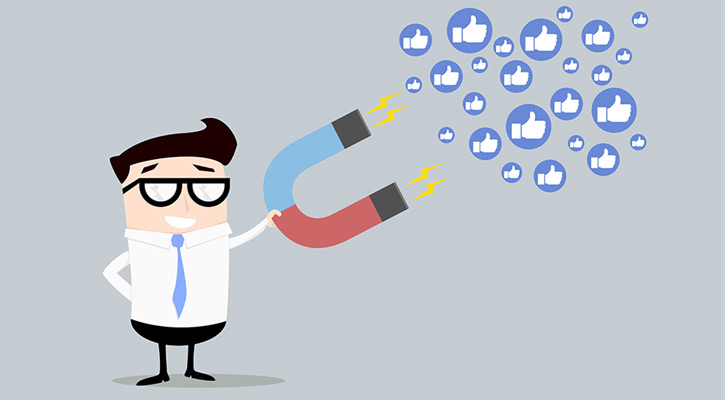Influencer marketing has become a hot trend in digital marketing because not only can it help your SEO by helping you build a diverse link profile and building brand awareness, it also helps because 92% of people trust recommendations[1] from friends and family compared to branded advertisements. One Twitter study shows people trust the influencers[2] they follow just as much as a personal recommendation.
When you’ve decided to work with influencers for your marketing campaigns, it’s important to go beyond the number of followers someone has on any particular network, and look closely at the engagement rate. That’s critical to determining the value of the campaign, and essential to calculating your return on investment.
Why Follower Numbers Get The Attention?
The larger the follower number, the more influence a person has, right? Not necessarily. Follower volume doesn’t mean anything, especially if the person has purchased followers to make themselves look better. It’s not the quantity of relationships, it’s the quality of those relationships that matter.
Follower numbers are front and center, so it’s easy to draw our attention to them. Getting to the engagement rate takes a bit more work, so it’s the easiest way to gauge whether or not there’s potential to work with a particular user over another. But, just because it’s the easiest metric to use, doesn’t mean it’s the right one to use.
Why It’s Engagement Rate That Really Matters?

Engagement rate tells you how many people are paying attention to what any influencer is saying. Take for instance, celebrity Kim Kardashian. She has 106,039,395 Instagram followers with a 1.75% engagement rate. You’ll pay anywhere from $156,372-$260,619 for a post. That translates to an estimated $0.08 to $0.14 per engagement, with an estimated earned media value of 5x.
She’d be a great influencer for anyone in beauty or fashion, right?
Let’s compare her to microinfluencer Chandler Nehrt She has just 37,587 followers, and an estimated cost per post ranging between $147.88 to $246.48. Not only is the cost per post much lower, making her more accessible to those with limited budget, but her engagement rate is more than four times that of Kim’s, at 7.59%.
You’re paying anywhere from $0.05 to $0.09 per engagement, and have an estimated earned media value of 8.3x. Yes, the audience is smaller, and you’re paying less per post, but you’re getting a much higher return.
If you had the budget to have Kim post something on the lower end of her spectrum, and worked with several microinfluencers with higher engagement rates, either with single or multiple posts, you’ll get more value than from working with Kim, even though her celebrity status may have had you thinking otherwise. That’s why engagement rate matters.
Calculating Engagement Rate
Engagement rates on Instagram are the total engagement received over a certain period (a month, a quarter, a year) of time, expressed as a percentage of the total follower count. Engagements are when a user likes or comments on a post.
The formula is: Engagement = Engagement / Followers

Depending on your needs, you can calculate it based on just the number of likes, or just the number of comments, but any interaction with a photo counts as an engagement.
Let’s take a look at the numbers for Kim and Chandler.
At Kim’s engagement rate, only 1,855,689 comments/likes are coming in on average. That’s a lot of interactions – and way more than Chandler even has in terms of followers.
But, if we plug in Chandler’s engagement rate with Kim’s follower count, you’ll see she’s lacking considerably. At a 7.59% engagement rate, Kim would have to see an average of 8,048,390 interactions on each of her photos.
What’s A Good Engagement Rate?

Unfortunately, there’s not a lot of data to support this – and the idea of an engagement rate high enough to invest in for your campaigns will be subjective.
Obviously, the higher the engagement rate, the better for your campaign. However, data from DigiDay[3] shows that as follower base increases, both the like and comment rate decreases.
This means engagement rates below 0% are low. Rates between 1 and 5% are average; between 5 and 10% are above average, between 10 and 20% is great, and anything higher than 20% is excellent.
As you work with us on influencer campaigns, you’ll find that we focus on quality influencers with higher engagement rates.
Read More: The Benefits That Influencer Marketing Can Offer Your Business
While follower count does play a role because even lower engagement rates on high volume means more eyes on your content, it’s not the only thing to consider as you choose influencers to work with.
Remember, you can leverage microinfluencers on any social media platform, not just Instagram.
We can help with Twitter, Facebook, and Snapchat influencer campaigns, too.




